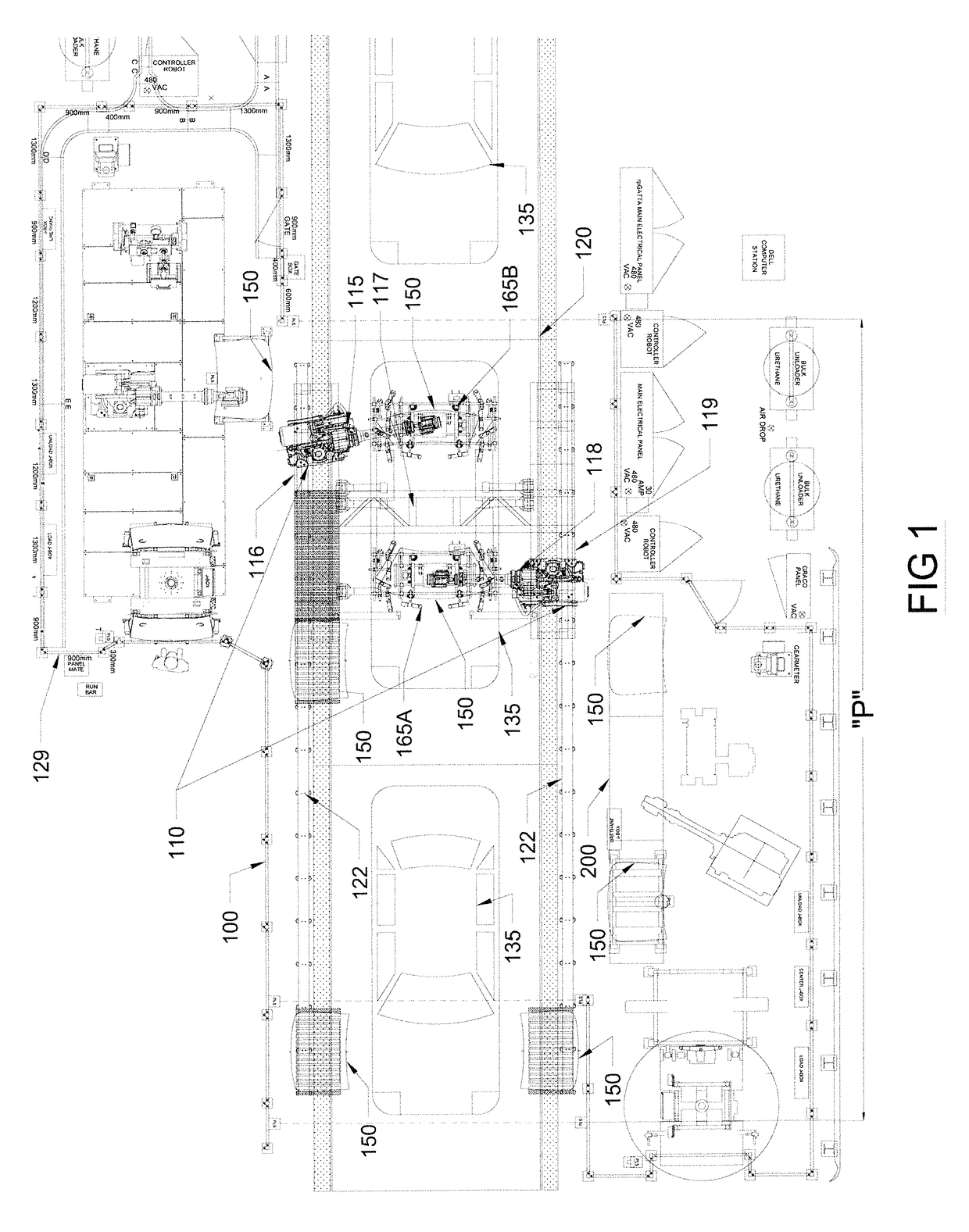Virtual stop station
- Summary
- Abstract
- Description
- Claims
- Application Information
AI Technical Summary
Benefits of technology
Problems solved by technology
Method used
Image
Examples
Embodiment Construction
[0030]For purposes of the present invention, the terms “a” and “an” herein do not denote a limitation of quantity, but rather denote the presence of at least one of the referenced items.
[0031]For purposes of the present invention, the term “anticipate” or “anticipated” should not be construed as a legal term of art in the context of prior invention or disclosure, but rather more generally in the colloquial or common usage sense as meaning expected, or given advance thought or future treatment.
[0032]For purposes of the present invention, the term “encoder” should be interpreted broadly as any mean for converting information from one format or code to another, and may be a device, circuit, transducer, software program, algorithm or person that converts such information for the purposes of standardization, speed, secrecy, security or compressions. As used herein may be a rotary encoder converts rotary position to an analog (e.g., analog quadrature) or digital (e.g., digital quadrature,...
PUM
 Login to View More
Login to View More Abstract
Description
Claims
Application Information
 Login to View More
Login to View More - R&D
- Intellectual Property
- Life Sciences
- Materials
- Tech Scout
- Unparalleled Data Quality
- Higher Quality Content
- 60% Fewer Hallucinations
Browse by: Latest US Patents, China's latest patents, Technical Efficacy Thesaurus, Application Domain, Technology Topic, Popular Technical Reports.
© 2025 PatSnap. All rights reserved.Legal|Privacy policy|Modern Slavery Act Transparency Statement|Sitemap|About US| Contact US: help@patsnap.com



